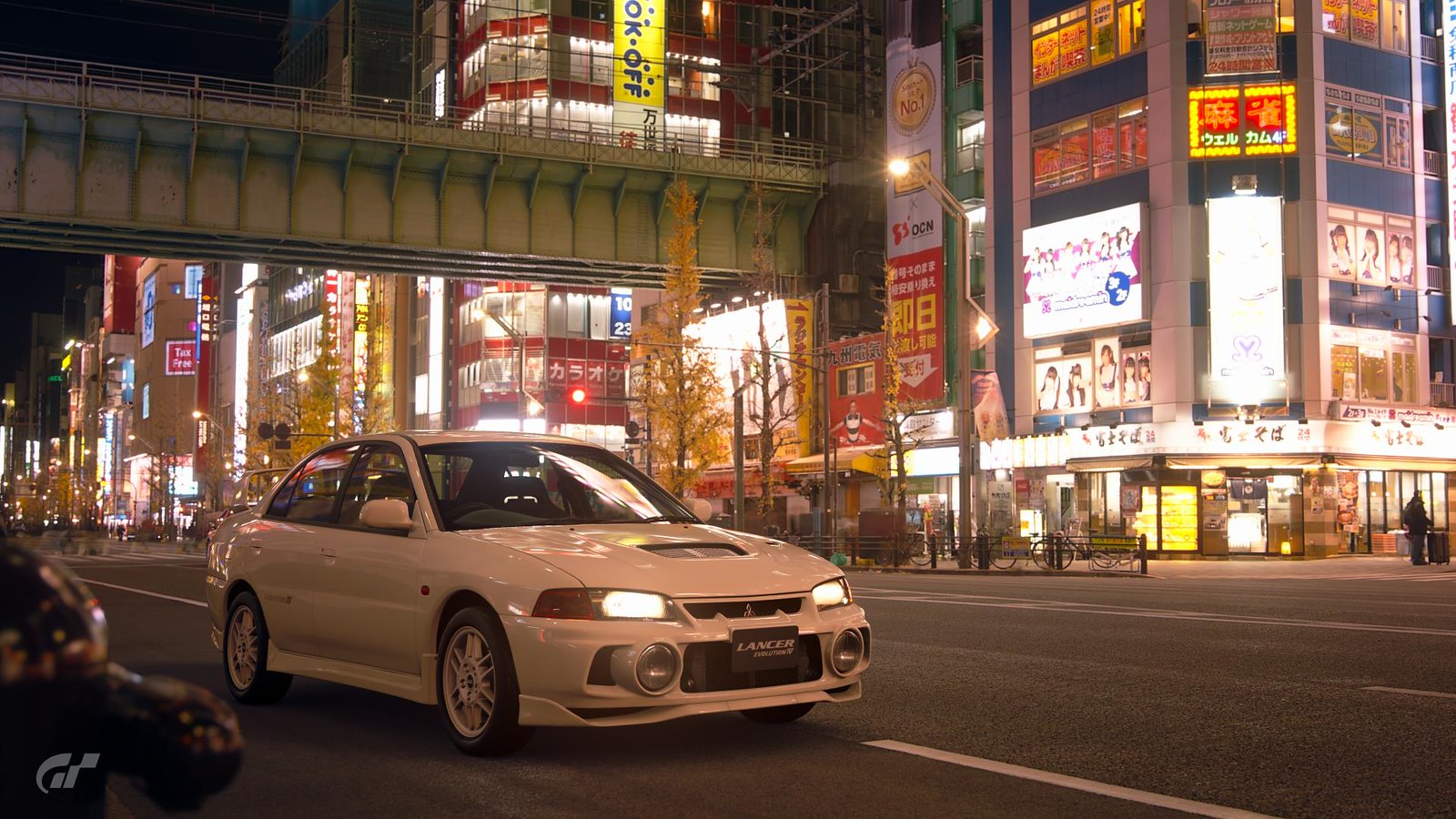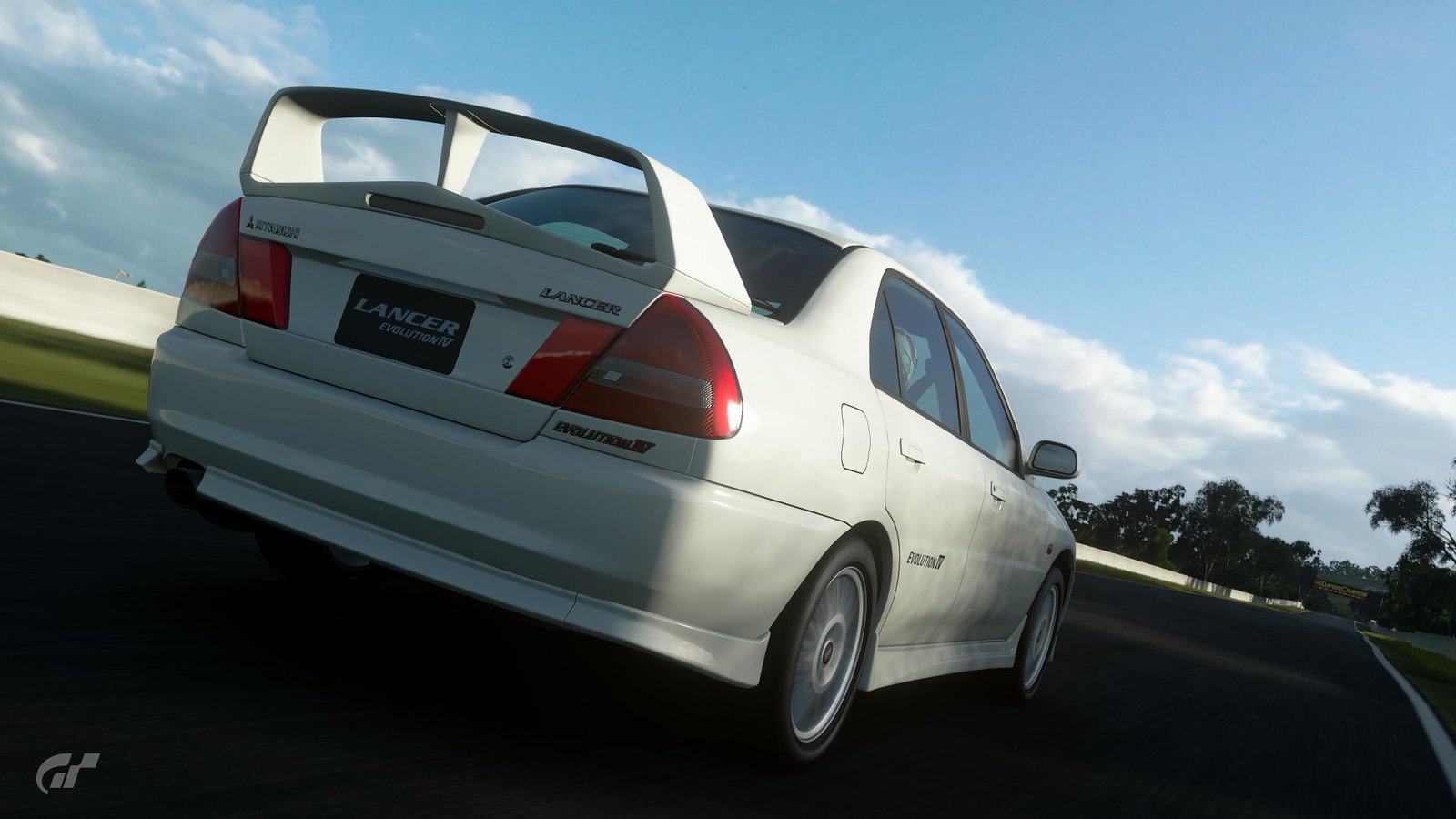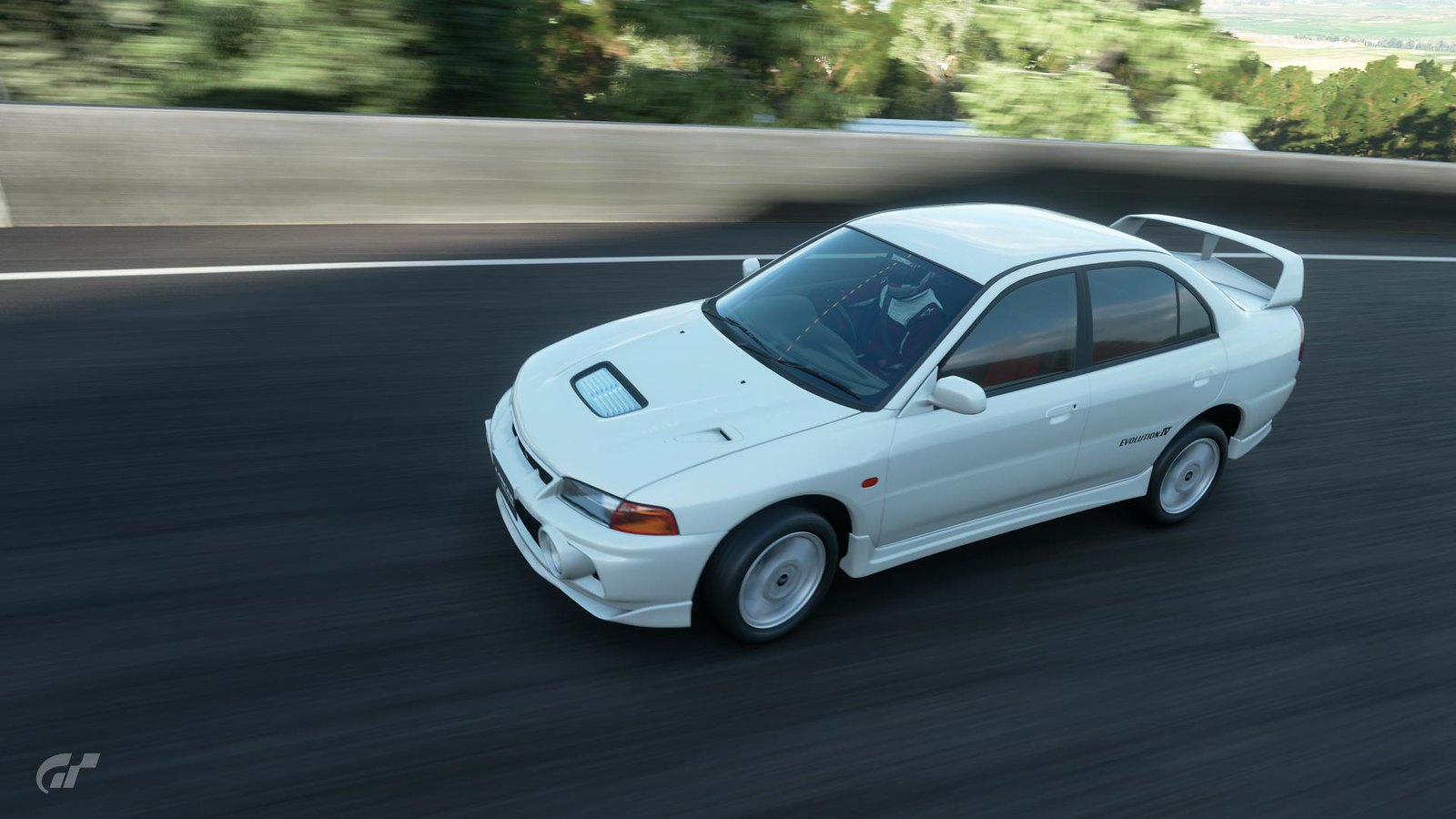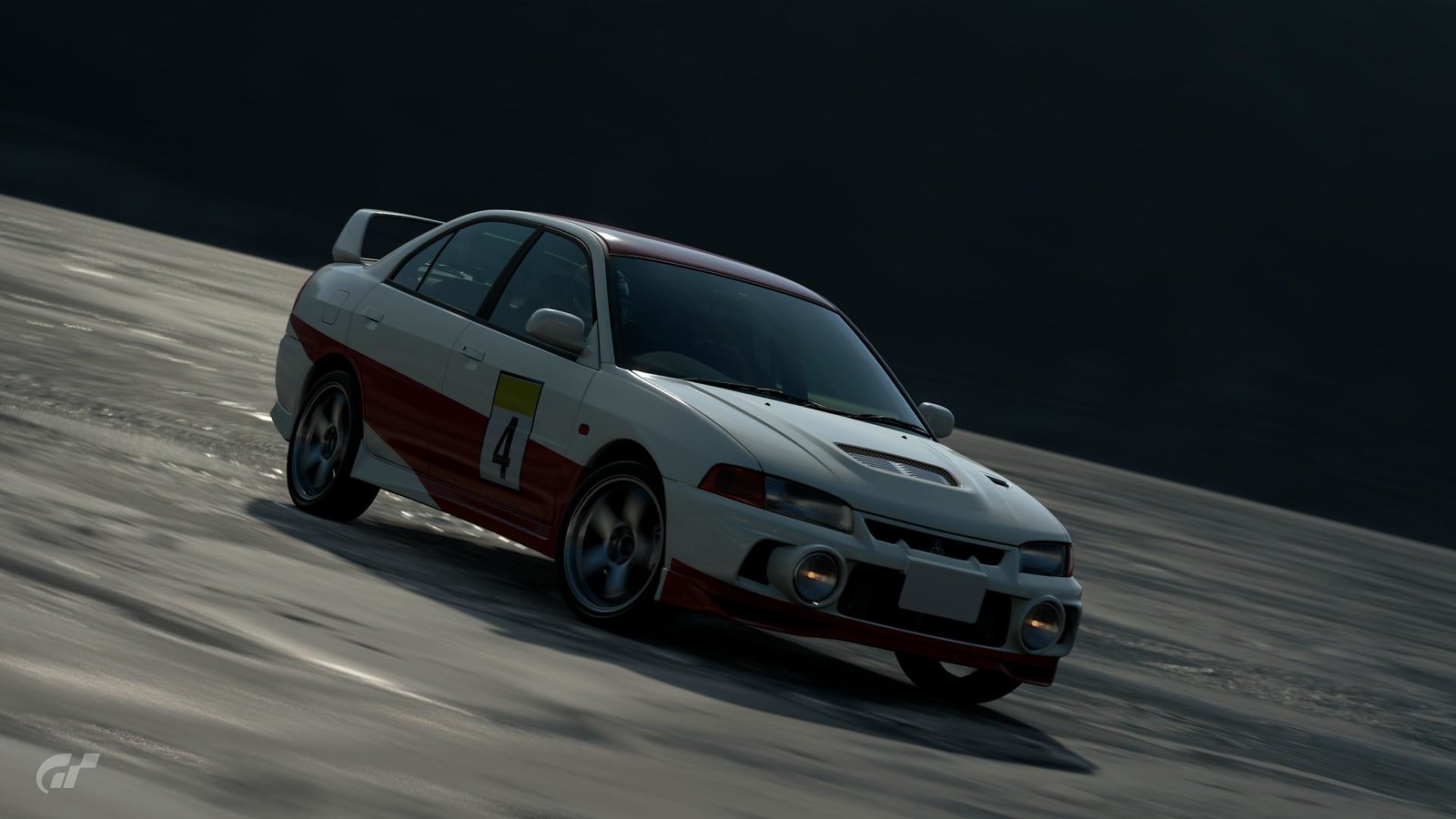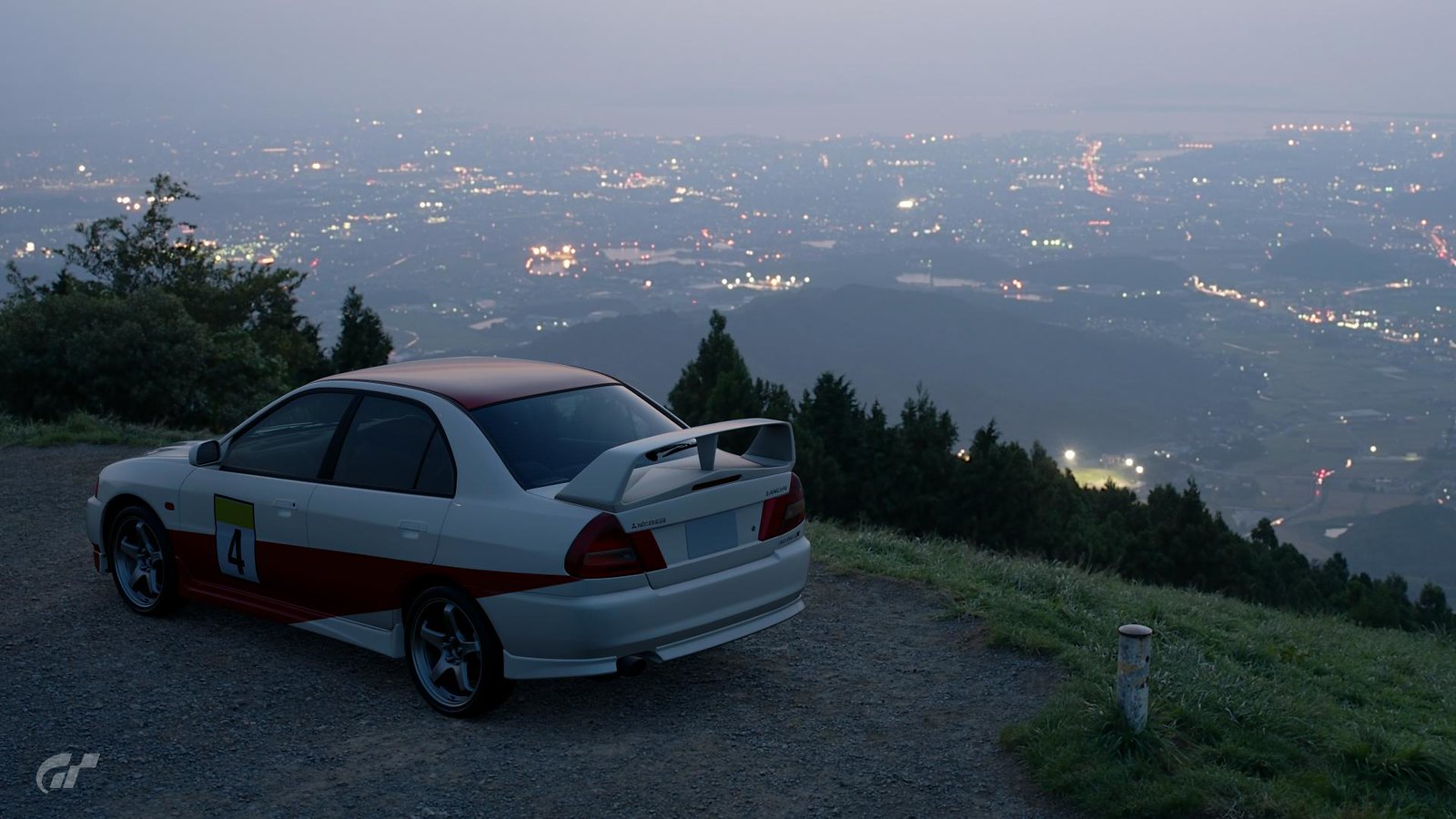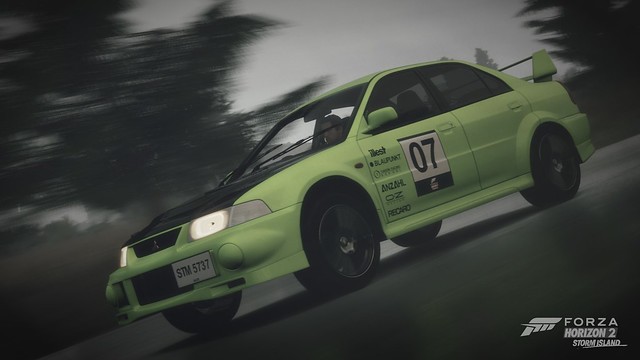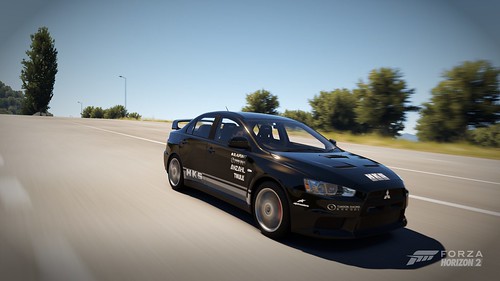The Evo III and the Evo IV are the infamous 4WD sports saloons that made an appearance in the Initial D series because these cars were driven by Kyoichi Sudo and Seiji Iwaki, the formidable duo from the team Emperor. Here in Gran Turismo 7, I got the chance to drive the fearsome twosome.
Whenever these two Evos popped up on the mountain roads, street racers are going to think twice before facing them head-on because, as witnessed in the series, the loser gets their team stickers sliced in half. So, what made these Evos feared on the mountain roads?
Let's begin with the Lancer Evolution III, the one Kyoichi Sudo drove in Initial D. The Evo III is the third and the last verse of the one based on the fourth-generation Lancer, commonly nicknamed by Noypis as the "Lancer Hotdog" because of the hotdog-shaped rear-lamps. Launched in 1995, the Evo III features a revised body style compared to the Evo II while the turbocharged 2.0L 4G63 engine was bumped to 266HP of power output.
As the Evo driven by the Emperor boss in Initial D, Takumi dueled against Sudo in an unofficial match and lost because of the AE86's blown engine but Sudo let it slide for now. Following the AE86's blown engine, Sudo battled Ryosuke Takahashi of Redsuns and lost. Later on, on his home turf Irohazaka, the rematch between Takumi and Sudo ended in a dead heat.
Now, let's take a look at the Evo driven by the Emperor's head honcho Seiji Iwaki, the Lancer Evolution IV. Being the first Evo that was based on the fifth-generation Lancer, known by the commercials as the "Good Run Lancer", the Evo IV is an entirely new model built from the ground up. The same engine that powers the Evo has been flipped around 180 degrees and saw a power increase to 276HP of power. The Evo IV marked the debut of the Active Yaw Control, which replaced the previous models' mechanical LSD. In the world of Initial D, Takumi battled Seiji and barely won.
Having gotten to know about the Evos driven by the Emperor duo, let's give this fearsome twosome a duel to determine which one is the best, and with that, I selected Autopolis for this matter.
So, which of these Emperor LanEvos is the most potent one? The leader or the head honcho? Let's roll the tape.
And now the results...
Evo III - 2m20.256s
Evo IV - 2m19.587s
It's a shockingly close result. The head honcho has beaten the leader by nearly a second. I guess this is how much of an improvement the Evo IV is compared to the Evo III. Still, they're pretty good for retro rally JDM saloons known and feared the world over.
As said before, both the Evo III and the Evo IV are fearsome twosome street racers who are going to think twice before facing them head-on as seen in Initial D. These machines showcased how much progress the Lancer Evolution has gone through since the beginning of the tale. They really are the best machines to come out from the 1990s, the golden era of JDM sports cars.
Remember the emperors...






































